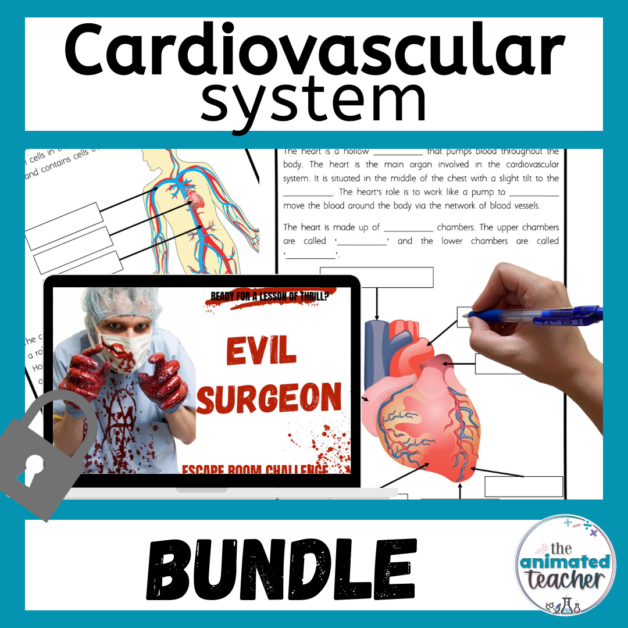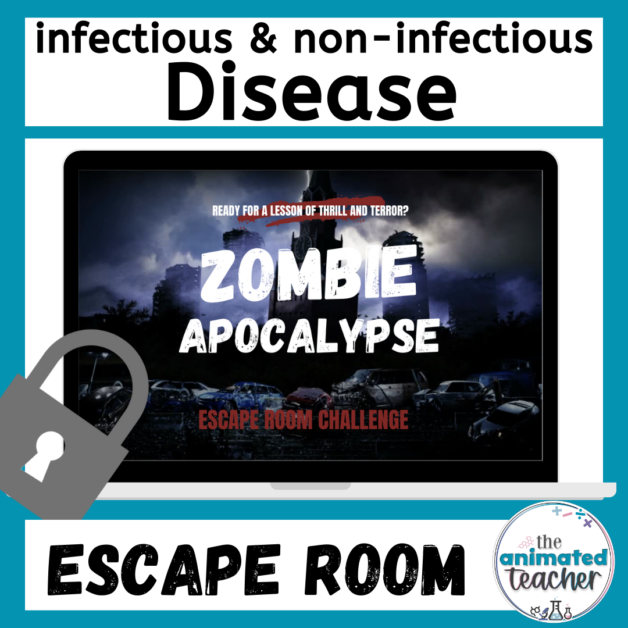
7 ways to celebrate women’s history month in the classroom
7 ways to celebrate women’s history month in the classroom
Fortunately, there are many ways to celebrate Women’s History Month in middle school! In this blog post, we will explore some ideas for how you can celebrate Women’s History Month in the classroom and make it a meaningful and educational experience for your students.

7 ways to celebrate Women’s History Month in the Classroom
1. Highlight Female contributions in your subject area
One of the best ways to celebrate Women’s History Month in the classroom is to highlight the contributions of females in your subject area. You can do this by creating a bulletin board or display in your classroom featuring famous or well-known females in the subject. You could also assign your students research projects on these women, or have them give presentations on the work of one particular woman.
For example, in science, some women you could highlight include:
- Marie Curie, who won Nobel Prizes in both physics and chemistry for her work on radioactivity.
- Rosalind Franklin, who made significant contributions to the discovery of the structure of DNA.
- Jane Goodall, who is known for her ground-breaking research on chimpanzees and animal behavior.
- Barbara McClintock, who won a Nobel Prize for her work on the genetic structure of corn.
- Mae Jemison, who became the first African American woman to travel to space in 1992.
By highlighting these and other female scientists, you can help your students understand that science is not just a field for men, but one that is open to anyone with a passion for discovery and learning.
2. Explore Gender Bias
Another way to celebrate Women’s History Month in the classroom is to explore the issue of gender bias. You can do this by having your students read articles or watch videos about the experiences of female’s in a relevant field, or by inviting a female working in the field to speak to your class about her experiences.
Some questions you could discuss with your students include:
- Have women historically faced barriers to entering and advancing in ____________?
- Are there still gender biases in ____________ today?
- What can we do to ensure that women have equal opportunities in ____________?
By exploring these questions, you can help your students develop a deeper understanding of the challenges faced by female’s in various industries, and how they can help promote equality and diversity.
3. Conduct hands on activities
A fun way to celebrate Women’s History Month in the classroom is to conduct hands-on activities that are inspired by the work of key females. For example, you could have your students build a model of DNA based on the work of Rosalind Franklin, or create a simple electromagnet based on the work of Marie Curie.
Other activities you could consider include:
- Building a model of a chimpanzee habitat inspired by Jane Goodall’s research.
- Growing corn plants and observing their genetic structure, based on the work of Barbara McClintock.
- Conducting experiments on the effects of microgravity on plant growth and development, inspired by Mae Jemison’s work in space.
By conducting these STEM and hands-on activities, you can help your students develop a deeper appreciation for the work of female scientists and the impact they have had on our understanding of the world around us.
4. Host a guest speaker
Consider inviting a female working or studying in your subject area to speak to your students. This could be a local scientist, a college professor, or a female who works for a government agency, a law firm or art museum. Hearing from a woman who has succeeded in a field of interest can be a powerful motivator for your students. You could also have a Q&A session after the talk to give your students an opportunity to ask questions and learn more about the female’s work in that area.
Women’s History Month in the classroom
5. Read Biographies or books
Another way to celebrate Women’s History Month in the classroom is to assign your students biographies of females to read.
After reading these books, you could have your students write book reports or give presentations on the lives and work of these females. By doing so, you can help your students develop a deeper understanding of the personal and professional challenges faced by women in that occupation, and the ways in which these women faced them.
There are also many great books about women that you can read with your students that may be easier to digest than biographies.
For example:
History: The Greatest Women in History: The Remarkable Women Who Changed Our World
Designers: Women made: Great Women Designers
Mathematics: Women in Mathematics: The Addition of Difference (Race, Gender, and Science)
Mathematics: Power in numbers: the rebel women of mathematics
Science: Headstrong: 52 Women Who Changed Science and the World
Science: Women in Science: 50 Fearless Pioneers Who Changed the World
6. Watch documentaries or films that celebrate women in various occupations or fields
From YouTube to Netflix and everything in-between, there are a lot of resources available to show documentaries or films to your students. Often it is also easy to find ready-made film studies or questions to go with the documentaries.
As a science teacher here are some of my favorites:
- Women in motion (2021)
- Picture a Scientist (2020)
- Jane (2017)
- Hidden Figures (2016)
- Code girl (2015)
- Mission Blue (2014)
7. Encourage girls to pursue options related to that subject area
One of the most important things you can do to celebrate Women’s History Month in the classroom is to encourage girls to pursue their dreams and careers in whatever area they are interested in. Girls are often discouraged from pursuing certain careers such as in science or mathematics related fields, which is why it’s so important to provide them with positive role models and encourage them to pursue their interests.
Women’s History Month in the classroom
Conclusion
Do you celebrate Women’s History Month in the classroom?
If you do I’d love for you to share how you celebrate Women’s History Month in the classroom below in the comments.
Don’t forget to visit my store to pick up some ready made station activities!
Women’s History Month in the classroom







































